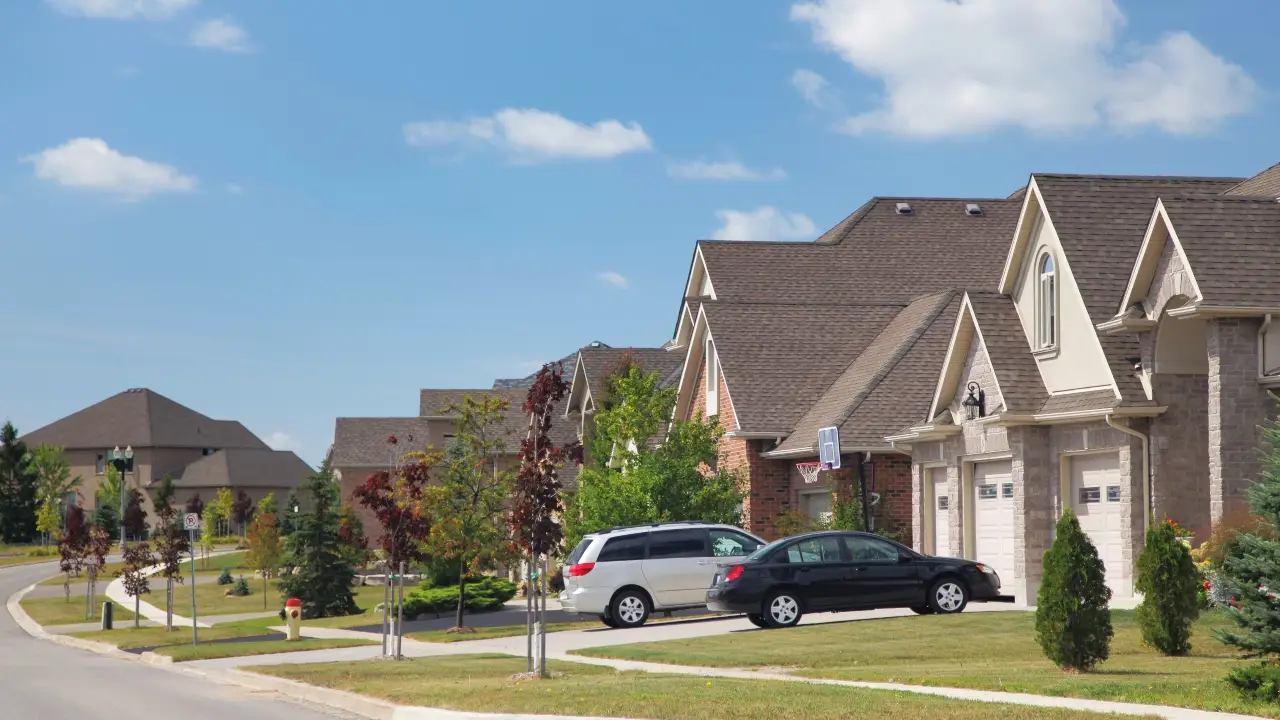Fix and flip financing has become an increasingly popular strategy for real estate investors looking to maximize profits in the housing market. By purchasing a property in need of renovations, making the necessary improvements, and then selling it for a higher price, investors can generate substantial returns on their investment. However, in order to successfully execute a fix and flip project, investors need to secure the right financing.
One of the key challenges that fix and flip investors face is finding the right financing to fund their projects. Traditional lenders, such as banks and credit unions, are often hesitant to lend to investors looking to purchase distressed properties that require extensive renovations. These lenders typically have strict lending criteria, including high credit scores and substantial down payments, which can make it difficult for investors to secure the financing they need.
This is where fix and flip financing comes in. This type of financing is specifically designed for real estate investors looking to purchase properties in need of renovations. Fix and flip loans provide investors with the capital they need to purchase the property, make the necessary improvements, and then sell it for a profit. These loans are typically short-term, with terms ranging from six months to two years, and are secured by the property itself.
There are several key benefits to using fix and flip financing for real estate investments. One of the main advantages is that these loans are typically easier to qualify for than traditional financing. Fix and flip lenders are more concerned with the potential value of the property after renovations have been completed, rather than the borrower’s credit score or financial history. This makes it easier for investors with less-than-perfect credit to secure the financing they need.
Another benefit of fix and flip financing is that it can provide investors with the flexibility they need to fund their projects. Traditional lenders often have rigid lending criteria and lengthy approval processes, which can make it difficult for investors to move quickly on a potential deal. Fix and flip lenders, on the other hand, can provide fast approval and funding, allowing investors to take advantage of time-sensitive opportunities in the market.
In order to maximize profits with fix and flip financing, investors need to approach their projects strategically. This involves carefully evaluating potential properties, accurately estimating renovation costs, and developing a solid exit strategy. By following these key steps, investors can increase their chances of success and generate higher returns on their investment.
Evaluating Potential Properties
The first step in a successful fix and flip project is identifying the right property to purchase. Investors should look for properties that are priced below market value and in need of cosmetic improvements, such as new paint, flooring, and fixtures. These types of properties have the potential to generate substantial returns when renovated and sold for a higher price.
When evaluating potential properties, investors should consider factors such as location, market trends, and potential resale value. Properties in desirable neighborhoods with strong appreciation rates are more likely to attract buyers and generate high profits. Investors should also research market trends and comparable sales in the area to ensure that they are purchasing the property at the right price.
Estimating Renovation Costs
Once a property has been identified, investors need to accurately estimate the cost of renovations. This involves conducting a thorough inspection of the property and creating a detailed budget for the improvements. Investors should consider factors such as materials, labor, permits, and any unexpected expenses that may arise during the renovation process.
It is important for investors to be realistic in their renovation budget and to leave room for contingencies. Unexpected issues, such as structural damage or plumbing problems, can quickly eat into profits if not properly budgeted for. By accurately estimating renovation costs upfront, investors can avoid costly mistakes and ensure that their project stays on track.
Developing an Exit Strategy
In order to maximize profits with fix and flip financing, investors need to have a solid exit strategy in place. This involves determining how the property will be marketed and sold once renovations have been completed. Investors should consider factors such as market conditions, pricing strategies, and target buyers when developing their exit strategy.
One common exit strategy for fix and flip investors is to sell the property on the open market. This involves listing the property with a real estate agent and marketing it to potential buyers. Investors can also consider other options, such as selling the property to a cash buyer or holding onto the property as a rental investment.
By carefully evaluating potential properties, accurately estimating renovation costs, and developing a solid exit strategy, investors can maximize profits with fix and flip financing. This type of financing provides investors with the capital and flexibility they need to fund their projects and generate high returns on their investment. With the right strategy and approach, fix and flip investors can unlock the full potential of their real estate investments.
Keep an eye for more latest news & updates on Internal Insider!










